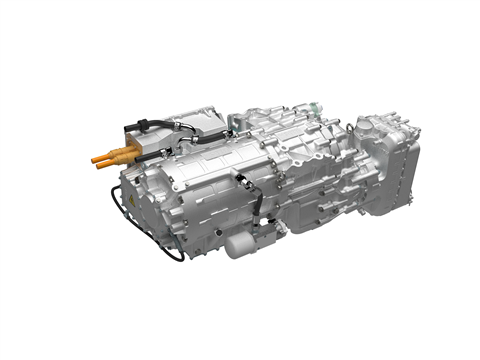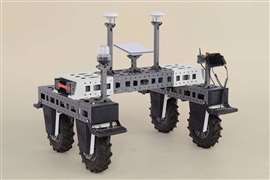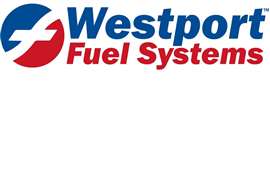Voith introduces electrical drive system for heavy-duty trucks
21 June 2022
Modular concept allows for 40 different configurations
 Voith said the VEDS HD+ electric drive system is its first drive concept for heavy-duty trucks. Illustration: Voith
Voith said the VEDS HD+ electric drive system is its first drive concept for heavy-duty trucks. Illustration: Voith
Voith has expanded its product offering for the e-mobility sector. The company said the VEDS HD+ electric drive system its first drive concept for heavy-duty trucks, and that special configurations designed for waste collection vehicles, inner city logistics or long-distance transport applications ensure efficient driving with every use.
The core of the system is a new automated four-gear electric transmission, which the company said makes optimal traction available for every driving situation and under any load condition. It also ensures that the electric motor is operated at optimum efficiency.
The Automated Manual Transmission (AMT) developed by Voith automatically selects the best gear for the relevant situation, thus enabling the optimal driving mode – one that is gentle on the engine and also has low energy consumption. The transmission is designed to work with efficiency at high torque as well as at high speeds, said Voith, which also makes the transmission ideal for long-distance driving, and it can deliver sufficient power to the axles even on steep inclines.
A patented coupling structure reportedly ensures maximum efficiency of up to 99%. The driver also has the option of selecting a manual shift mode if this is preferable for the particular driving situation. Different shifting programs are available for the various vehicle applications. A newly developed smart actuator enables short shifting times and thus greater driving comfort every time.
For the drive system of the VEDS HD+, customers can choose between two Evo-named electric motors with top outputs of 390 and 330 kW respectively.
“We mainly see the Evo 390 being used in the traditional long-distance heavy-duty transport sector, which means in commercial vehicle types with more than 15 tons of total weight. For the Evo 330, the focus is on typical waste collection vehicles and comparable applications in urban areas with frequent start-stop operations. For both motors, we opted for a sufficiently large power output,” said Alexander Denk, vice president Product Management E-Mobility at Voith, Heidenheim, Germany. “The power reserves form the basis for good thermal reserves. This is why the motor’s internal temperature is significantly lower on average than that of other products, which ultimately extends the service life.”
Voith has also designed the inverter of the VEDS HD+ specifically for use in heavy-duty commercial vehicles. The design is modular so that several performance levels are possible.
“This allows us to offer the most efficient solution for every OEM application,” Denk said. “This is also the first time that directly cooled power semiconductors are being used, which significantly boost the power density and service life.”
Just like the VEDS (Voith Electrical Drive System) HD and MD, the VEDS HD+ meets the requirements of ISO 26262 (Automotive Functional Safety). The new requirements of Automotive Cyber Security (ISO 21434) are also being met. This internationally applicable standard protects the vehicle against external manipulations and ensures its functionality – by preventing unauthorized access to electronically controlled driving and braking systems, for example.
Voith has developed the VEDS HD+ as a modular system, and said all individual components are matched to one another. Thanks to the modular design, Voith said its customers receive a drive system that is optimally adapted to their requirements.
“We offer the VEDS HD+ as a modular system with different components. Our customers can choose from more than 40 variants to assemble their ideal configuration,” Denk said.
POWER SOURCING GUIDE
The trusted reference and buyer’s guide for 83 years
The original “desktop search engine,” guiding nearly 10,000 users in more than 90 countries it is the primary reference for specifications and details on all the components that go into engine systems.
Visit Now
STAY CONNECTED




Receive the information you need when you need it through our world-leading magazines, newsletters and daily briefings.
CONNECT WITH THE TEAM













